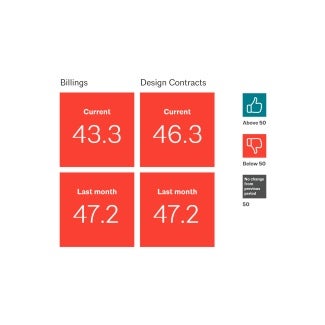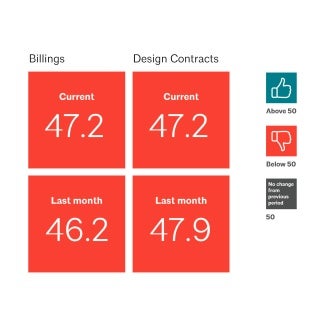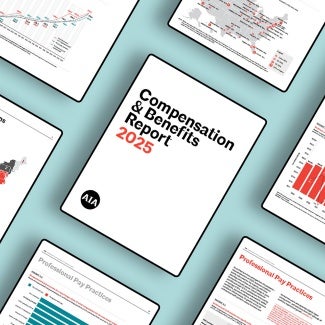The value of a comprehensive owner-architect contract
A written agreement between an architect and owner is the best way to set the parties’ expectations on a project and reduce the likelihood of a later dispute. Explore the four basic elements all written agreements should contain.

Necessary contract elements
A written agreement or contract allows the parties to clearly document their mutual understanding of project requirements and obligations, which should reduce the likelihood of a later dispute.
The basic elements that should be addressed in an agreement between an owner and architect include (1) the owner’s objectives for the project, (2) the architect’s scope of services and a description of the drawings or other deliverables the architect is to furnish; (3) the fees to be paid for providing those services and when they are to be paid; and (4) the schedule or sequence of events in which the services will be provided. Any relationship lacking these contract elements is primed for generating misunderstandings and possible disputes.
Most owner-architect agreements address these basic issues but, in doing so, fail to adequately address others. With just a little more time and attention, these additional complications can be handled by the architect so that a more comprehensive agreement can be fashioned to guide the parties’ relationship and expectations.
For example, the architect might ask: what happens if I don’t perform my services or deliver my documents as I’ve promised; what happens if the client doesn’t pay me, or doesn’t pay me all that I’ve invoiced; or what happens if either I or the client doesn’t adhere to the schedule or sequence of events to which we’ve agreed? It is wise to understand and shape the consequences, should these events occur, and your contract provides an excellent opportunity to do so.
While far from a comprehensive list, here are some other possible questions you should consider clarifying in your agreement (in no order):
- How shall we clarify who owns the copyright to the documents that are produced, what are the copyright owner’s rights, and under what conditions may the client/owner use and reproduce those documents?
- What are the owner’s rights to use the architect’s documents if the agreement is terminated?
- Is the architect required to indemnify the client/owner? If so, under what conditions?
- Who provides the site survey and geotechnical information with accompanying reports and recommendations?
- Who is to obtain the building permit?
- How will claims or disputes be handled if negotiations are unsuccessful?
- What state’s laws are to govern your agreement?
- Under what conditions may either party elect to suspend or terminate your services and, if suspended, to recommence your services?
- Is the architect required to design to the client/owner’s budget? Who does the cost estimating, and what happens if your design exceeds the budget?
- What types and amounts of insurance should you carry, and what should you disclose to the client or keep confidential about your insurance?
- Under what conditions should you be obligated to assign your agreement to third parties or to a lender providing financing for the project?
- What conditions and limitations apply to any certifications the architect is required to provide related to its services?
- Should you include an express disclaimer for having anything to do with the discovery, presence, handling, removal or disposal of, or exposure of persons to, hazardous materials or toxic substances in any form at the project site?
- Are there any LEED or other sustainable goals the client wishes you to achieve, and is there appropriate recognition of the role the client and the contractor play in achieving those goals?
- What is the process for identifying and proceeding with additional services and does the client/owner need to provide advance written approval?
- Is the client/owner required to approve the design prior to the architect proceeding to the next design phase?
- What are the architect’s obligations regarding final and substantial completion?
- Are there any other obligations do you and the client owe to each other?
- What is the standard of care?
- What are the parties’ obligations to retain records and preserve digital data following project completion?
- Are there any obligations regarding confidentiality and non-disclosure during or after project completion?
- Are there any limitations on the architect’s liability?
If the parties fail to address these items in their contract, they do not simply go away. Instead, the parties may be faced with tackling these problems as they arise on the project, without the benefit of pre-negotiated resolutions.
AIA publishes a wide range of standard form agreements for use on a variety of design and construction projects, including agreements that are suitable for small-to-medium projects that address many of these issues. For more information on the AIA’s standard form agreements, visit www.aiacontracts.com. In addition to AIA Contract Documents, the AIA Risk Management Program will continue to update this page with links to new articles discussing the various issues raised above.
AIA has provided this article for general informational purposes only. The information provided is not legal opinion or legal advice.



